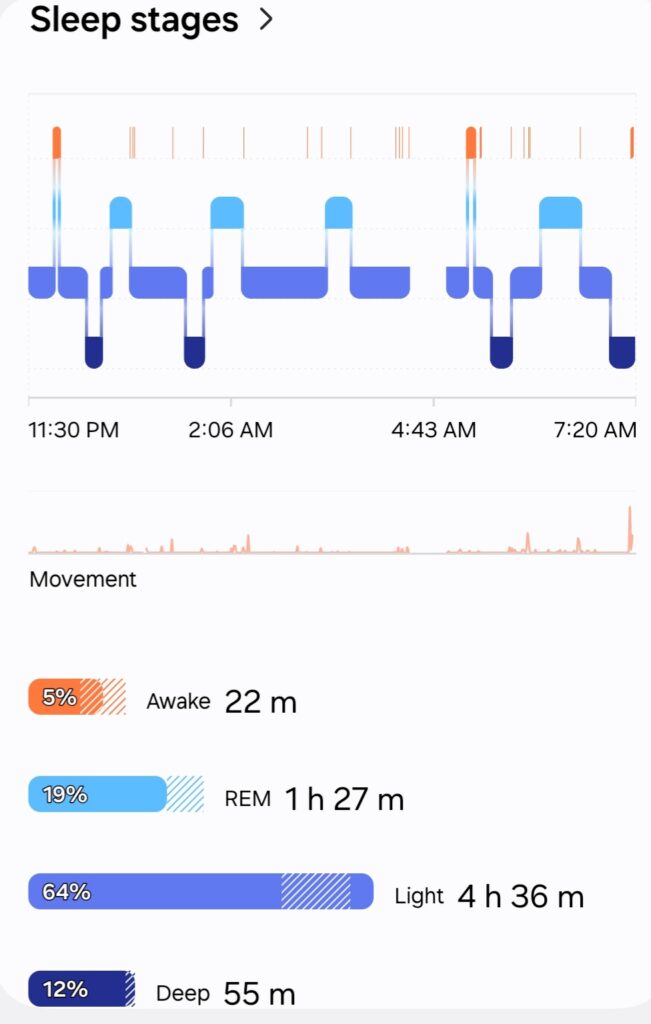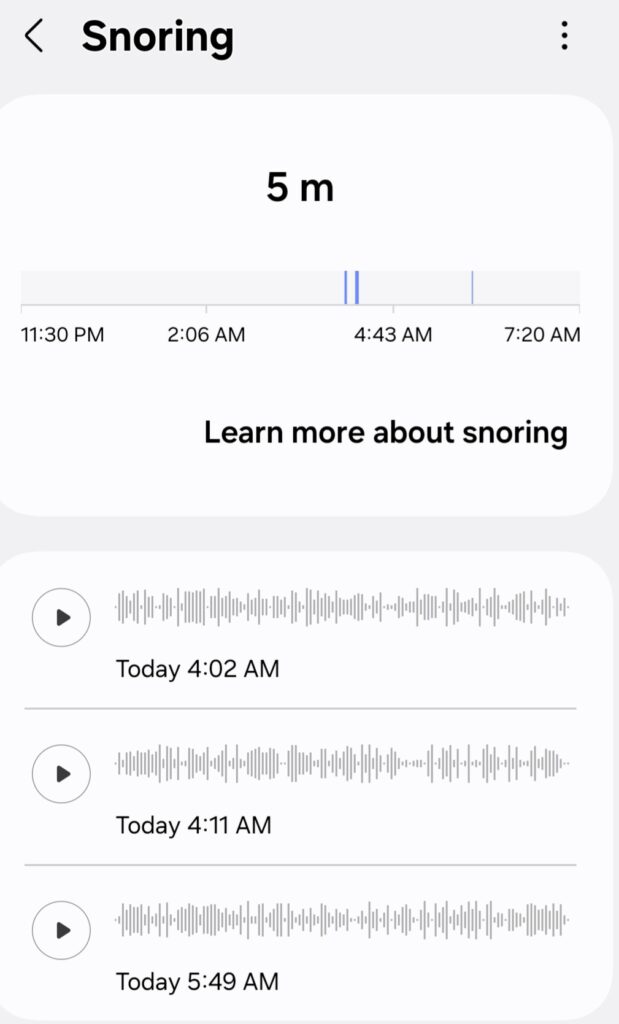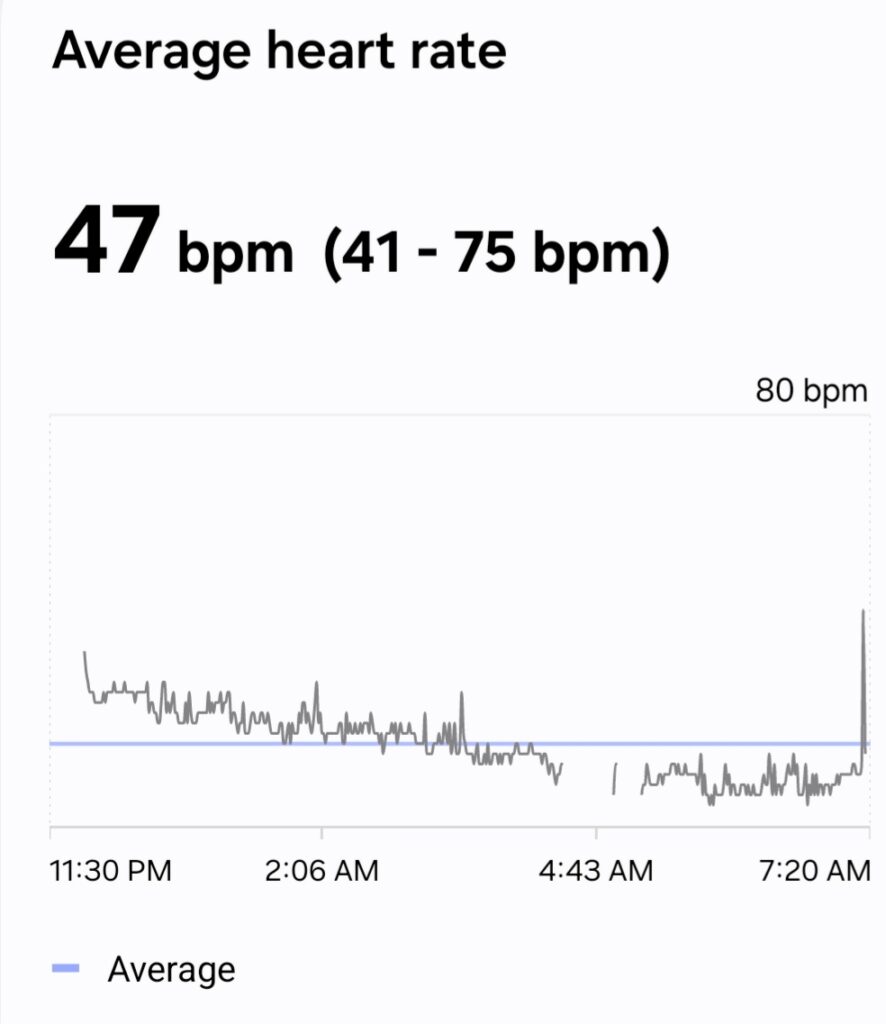
I’m not much of an early adopter of cutting-edge consumer tech products unless something appears to immediately offer a meaningful enhancement to my life. When Wi-Fi-connected thermostats first arrived (pre-Nest), it was an easy decision due to the dynamic scheduling and remote operation they offered. There was nothing more irritating than leaving for the weekend and realizing you left the heat or AC on with little recourse. That one made total sense. Fast forward to a few years ago, and smartwatches had advanced to the point where health-related apps could provide meaningful tracking and feedback on the user’s activity and condition. There were a few new features that I found interesting—sleep tracking and heart monitoring. So, all of this is to say that I bought a smartwatch.
As I get older, the value of a good night’s sleep has risen significantly, as it is more difficult to shake off a restless night the next day. I wasn’t having issues most nights, but anytime I woke up less than refreshed, I’d question why. Maybe it’s just me, but I feel like good sleep was historically underrated, though there appears to be more focus on it now. Tens of millions of adults in America suffer from sleep-related conditions like insomnia or obstructive sleep apnea. Sometimes the reason for my poor night’s sleep seemed obvious—going to bed late after watching an exciting sporting event or captivating movie. Other times, it was just a normal night, but for whatever reason, I felt off in the morning. What I needed was data to see if I could uncover any health issues, identify changes to make that could promote better sleep, or just validate that I’m experiencing “normal sleep” for my age. (For the record, I sought professional help and completed a one-night sleep study with a Boston hospital in the middle of all this, which came back with mixed results—no significant problems detected—but not the depth of information I wanted.) I started to focus on a few key measures that my watch and associated app (Samsung Watch7 and the integrated Samsung Health app on my phone) would report back each morning. These were sleep stages, heart rate, and snoring.



As I started to collect data, I began to understand a little more about my own sleep patterns and what might be impacting them. After a poor night’s sleep, I can go back and review things like awake time and heart rate to see how my body was reacting to whatever might be causing it. Was there a spike in heart rate or a drop in blood oxygen level during a period of snoring? Did a proper balance of REM, light, and deep sleep result in feeling refreshed? One very useful feature of the snoring detection is that my device will record 30 seconds of sound so I can go back and understand if it sounds like there was any level of obstruction. Of course, none of these measures will identify the root cause of poor sleep, but as I became informed, I could focus on the day before and see if balancing things like exercise, stress level, diet, and consuming alcohol or caffeine could correlate to improved measures and a greater likelihood of waking up feeling refreshed. This motivated me to make some lifestyle tweaks that I think have benefited my sleep and overall health. Ironically, it’s the same lifestyle changes highlighted by all of the sleep experts and “experts” out there on the internet—diet, exercise, routine, managing stress, etc.—that I could have heeded without all the analysis. But that would not have been as satisfying.
I had planned to take this blog further into my smartwatch experience, sharing how it was able to help identify an arrhythmia that was eventually confirmed clinically, which is a longer story, so I guess I’ll have to save that for a future entry. My experiences with this technology have me forward-thinking about our new cancer hospital and the prospect of wireless wearables for our patients. The ability to monitor something like vitals without having to wake a patient at night could go a long way in promoting comfort and recovery. I am excited to see what new technology is incorporated into our new facility.
